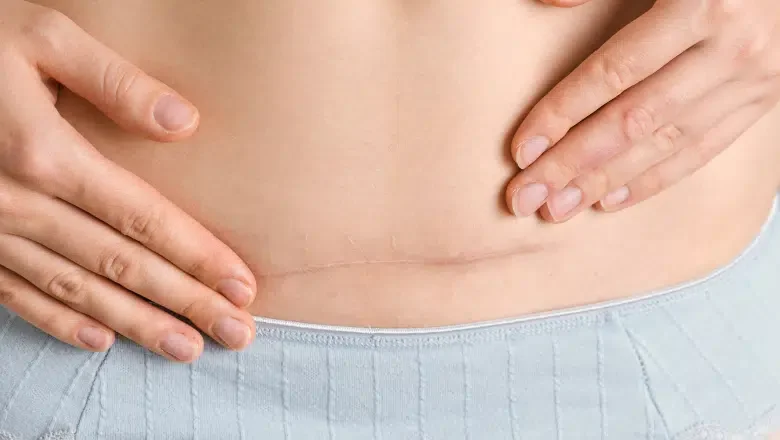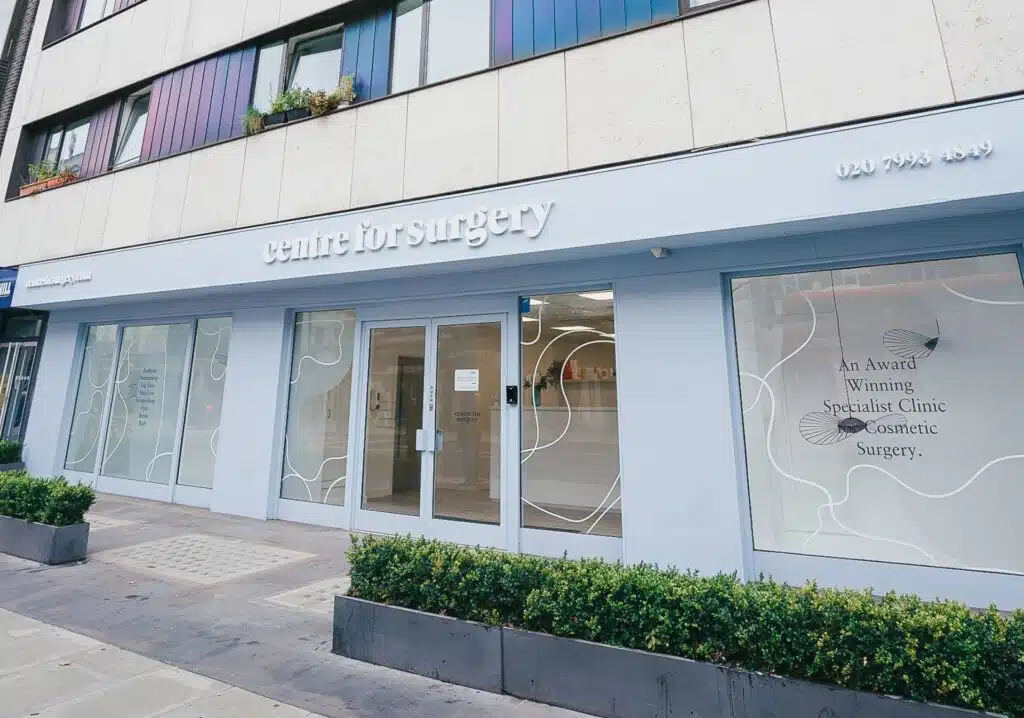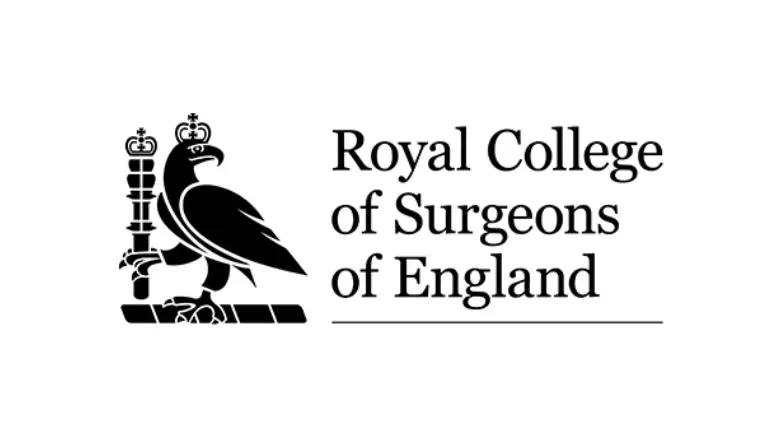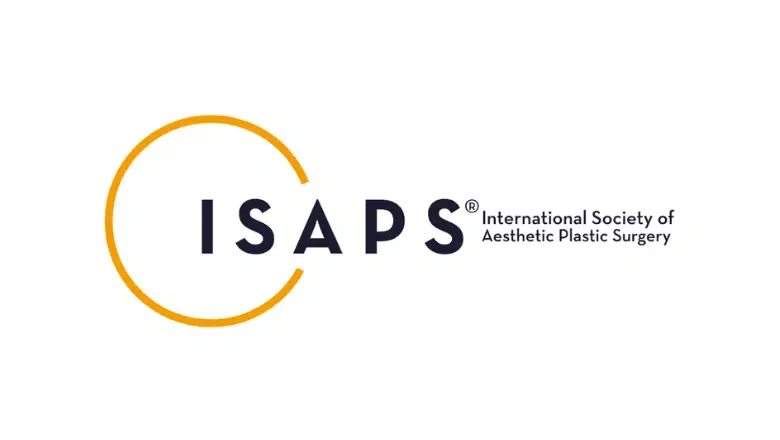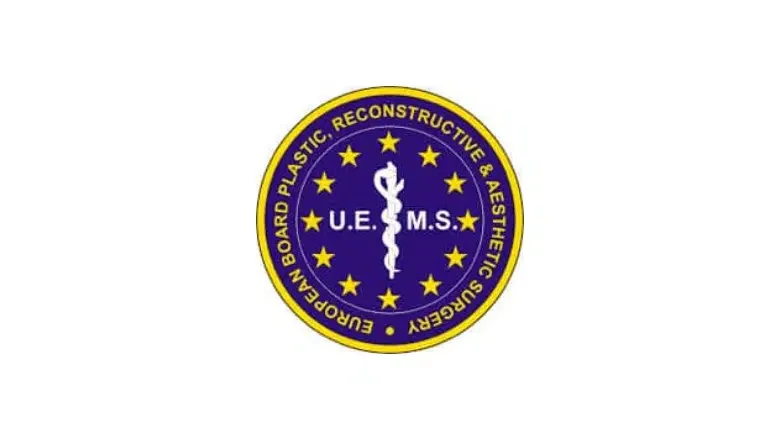Understanding the Impact of C-Section Scars: A Comprehensive Guide for New Mothers
The experience of childbirth is a profound journey, filled with anticipation and apprehension. Whether a woman chooses natural childbirth or opts for a caesarean section (C-Section), the aftermath involves many considerations, particularly when it comes to recovery and healing.
A significant concern for those who undergo a C-Section is the resulting scar. The prospect of scarring can be daunting, with many new mothers worrying about the severity and visibility of the scar. Conversely, some women accept the inevitability of scarring but are eager to find effective ways to care for and minimise it.
Fortunately, advancements in medical techniques offer several solutions. C-section scar removal and reduction procedures are available to help manage and reduce the appearance of these scars. Knowing that there are options to improve the condition of a scar provides reassurance, allowing mothers to focus more on their new role while managing the physical reminders of their delivery with confidence.
What is a C-Section?
A Caesarean section, more commonly referred to as a C-section, is a surgical method employed to deliver a baby through cuts made in the mother’s abdomen and uterus. This procedure is often essential when a natural birth would pose risks to the mother or baby.
C-sections, while crucial for the safety and health of both mother and child, invariably result in a scar where the incision was made. Many women are keen to learn how they can lessen the visibility of these scars. Centre for Surgery provides valuable insights and advice for expectant mothers on how to prevent and minimise C-section scars effectively. Here are some detailed strategies aimed at supporting women in their post-operative recovery, focusing on scar management to help them regain confidence in their physical health and appearance.
Optimising Preoperative Preparation to Minimise C-Section Scarring
Embarking on the journey of childbirth through a Caesarean section requires thoughtful preparation, not just for the birth itself but also to minimise post-operative scarring. Addressing this early can lead to better recovery outcomes and less noticeable scars. Here’s how expectant mothers can prepare:
Embrace a Healthy Lifestyle
- Nutrition: Prioritising a nutritious diet is essential for optimal skin health and recovery. Incorporating foods rich in vitamins A, C, and E, alongside minerals like zinc and omega-3 fatty acids, can significantly boost the skin’s elasticity and its ability to heal effectively after surgery.
- Hydration: Maintaining adequate hydration levels is crucial. Drinking plenty of water daily helps keep the skin supple and resilient, which can be beneficial during the healing process.
- Exercise: Engaging in regular, gentle exercise enhances blood circulation, which is vital for healing. Improved blood flow ensures that essential nutrients are efficiently delivered to the surgical site, aiding in faster and more comprehensive healing.
Consult with Your Doctor
Have open discussions with your doctor about your concerns regarding potential scarring. This concern is entirely valid and deserves attention. Your doctor can offer advice tailored to your specific health needs and skin type, which may include recommendations for preoperative treatments or lifestyle adjustments that can help minimise scarring after your C-section.
Essential Steps for Immediate Post-Surgery Care after a C-Section
After undergoing a Caesarean section, the immediate postoperative period is critical for ensuring a smooth recovery and minimising the appearance of scarring. Here’s a guide to effectively managing your recovery right after the surgery:
Follow Your Doctor’s Instructions
Adherence to your doctor’s advice after a C-Section cannot be overstated. This includes:
- Medication Regimen: Take all prescribed medications to manage pain and prevent infection.
- Wound Care Guidelines: Follow your doctor’s instructions on how to care for the wound, which will include keeping the area clean and dry.
- Activity Restrictions: Avoid strenuous activities that may stress the incision area and compromise wound healing.
Implement Proper Wound Care
- Keep the Area Clean: It is crucial to keep the incision site clean to prevent infection. Gently clean the area with mild soap and water as recommended by your healthcare provider.
- Monitor for Signs of Infection: Be vigilant for any signs of infection, such as increased redness, swelling, or unusual discharge from the incision site. Fever can also be a sign of infection. Contact your doctor immediately if you notice any of these symptoms.
Support the Incision
- Use Physical Support: When coughing, moving, or even during light activity, support your abdomen. Utilising a pillow or an abdominal binder can offer support to the incision site, significantly reducing strain and facilitating better healing.
Long-Term Scar Management After a C-Section
Managing the appearance of scars following a Caesarean section is a gradual process that extends well beyond the initial healing phase. Here’s how you can effectively care for your scar in the long term to ensure it heals smoothly and becomes less noticeable.
Regularly moisturising the scar area is vital. Using creams or oils that are rich in aloe vera, vitamin E, and silicone can keep the skin around the scar supple and aid in the healing process. These ingredients are known for their skin-nourishing properties and can make a significant difference in the texture and appearance of scar tissue.
RELATED: Do Silicone Strips Help Cosmetic Surgery Scars Heal Better?
Once your incision has completely healed and with your doctor’s approval, you can begin gentle scar massage. This technique involves using smooth, circular motions to massage the scar and the surrounding skin. This helps to break down the dense scar tissue and improve circulation to the area, which can promote healing and make the scar less rigid and noticeable.
RELATED: How to Massage Yourself After Cosmetic Surgery
Another effective method for scar management is the use of silicone sheets or gels. These products are designed to hydrate the scar and help regulate collagen production, which can significantly reduce the scar’s prominence over time.
You should also protect the scar from the sun. Ultraviolet rays can cause the scar to darken and become more visible. Covering the scar with clothing or applying a broad-spectrum sunscreen can prevent these effects, helping the scar to blend more seamlessly with the surrounding skin.
RELATED: Effects of Tanning on Cosmetic Surgery Scars
Non-Surgical Options for Enhancing the Appearance of C-Section Scars
Recovering from a C-section involves not only healing internally but also dealing with external changes such as scarring. Fortunately, there are several non-surgical methods to improve the appearance of C-section scars, offering hope and solutions for those seeking less invasive options.
Laser Therapy for C-Section Scar Removal
Laser therapy, particularly fractional laser treatment, has become a widely recognised method for addressing C-section scars. This technology works by delivering focused light energy into the deeper layers of skin, which helps to break down scar tissue while stimulating the body’s natural healing process. The result is a reduction in both the thickness and discolouration of the scar. Many women opt for laser therapy as it is a highly effective way to make scars less noticeable and can significantly enhance the skin’s appearance near the surgical site.
Morpheus8 for Scar Treatment
Morpheus8 is an advanced microneedling treatment combined with radiofrequency energy that targets subdermal layers of the skin to remodel and rebuild collagen. This technology is particularly effective for C-section scars as it not only helps in smoothing out the scar tissue but also improves the overall texture and elasticity of the skin surrounding the scar. Morpheus8 treatments can be customised based on the severity and age of the scar, making it a versatile option for many women. The process involves penetrating the skin with small needles while simultaneously delivering heat through radiofrequency, which tightens and rejuvenates the skin. This combined action promotes a more natural and subtle healing process, thereby improving the scar’s appearance without the need for more invasive surgical procedures.
